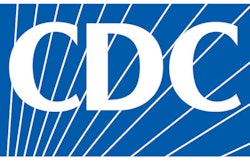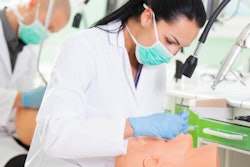
As part of a presentation delivered on September 13 at the 231st Meeting of the National Advisory Dental and Craniofacial Research Council, former Harvard School of Dental Medicine dean Dr. R. Bruce Donoff related two examples that stress the importance of a partnership between dentistry and medicine to ensure optimal patient-centered care.
Donoff told the stories during his lecture on the consequences of the long separation between medical and dental education and the need for a reunion of the two disciplines to start in schools. Donoff acknowledged that big changes like medical-dental integration are hard and that adaptive change always involves a loss for someone.
"That is hard for professionals, who have been at their work for some time taking care of patients, to admit," Donoff said.
To illustrate the importance of integrating dentistry and medicine, Donoff told two short stories.
A keen vet saves Secretariat's season
Secretariat is regarded as one of the best racehorses of all time, but in 1973, just before the Kentucky Derby, he no longer ran well. A loss at the famed race would slash the horse's chances for a Triple Crown that year.
Secretariat's trainer called a veterinarian, who looked in Secretariat's mouth and found a dental abscess. While the vet wasn't trained to drain the abscess, he drained it to treat the infection.
His energy renewed, Secretariat went on to win the Kentucky Derby and the Preakness Stakes. Secretariat later won the Belmont Stakes by 31 lengths, becoming the ninth horse to secure a Triple Crown in what was regarded as one of his greatest races of all time.
How would Secretariat's season have looked had the vet not looked inside his mouth?
The cause of meningitis
When Donoff was a medical student at Harvard, he was asked to see a patient who was running a fever of 105° F and was relatively comatose. While doctors were certain the patient had meningitis, they couldn't find the source of the infection.
Donoff looked in the patient's mouth and found an infected maxillary impacted wisdom tooth that was causing the infection. His observation meant the source of the infection could be treated.
"Physicians don't necessarily look in the mouth, and that's what my call is: Put the mouth back in the body," Donoff said.



















